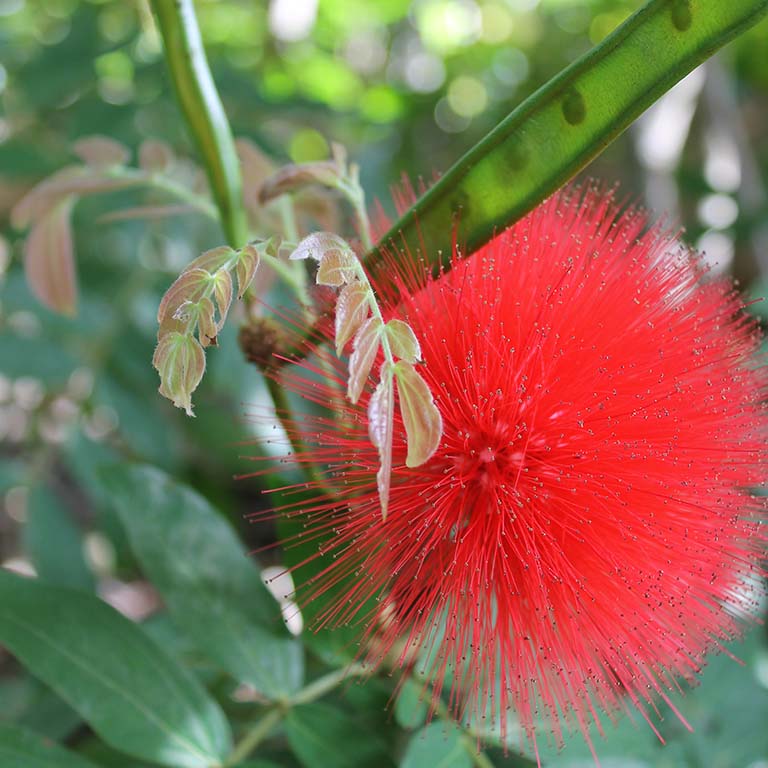Use the map to help you locate each conservatory room. Check out our suggestions below of must-see plants and other plants of interest when visiting each of the rooms.
Please don't touch the plants or sample any of the fruits. Some are toxic and/or hazardous to touch.



